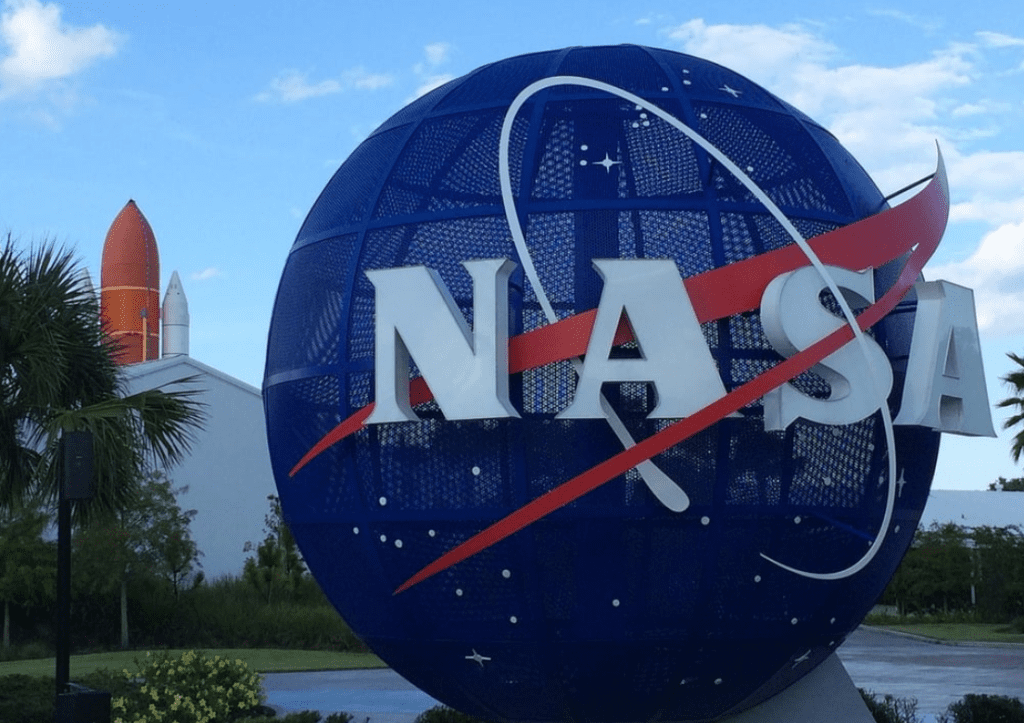In the era of cybersecurity, few incidents capture the public’s imagination as vividly as the hacking of NASA. The idea that an outsider could penetrate the defenses of such a critical institution sparks both fear and fascination. This article explores some of the most notable instances of NASA being hacked, the individuals behind these breaches, and the broader implications for cybersecurity.

Gary McKinnon: The “Solo” Hacker
One of the most infamous cases of hacking into NASA involved Gary McKinnon, a British systems administrator and hacker. In 2002, McKinnon was accused of what was described as the “biggest military computer hack of all time.” Over a 13-month period from February 2001 to March 2002, McKinnon accessed 97 U.S. military and NASA computers, causing the systems to shut down for 24 hours.
McKinnon claimed he was searching for evidence of UFOs and free energy technology. His method was relatively simple: he exploited poorly secured passwords and used a software program called “RemotelyAnywhere” to access the computers. His actions caused significant disruption, including the deletion of critical files and bringing down networks at the Earle Naval Weapons Station.
The legal battle over McKinnon’s extradition to the U.S. lasted a decade, drawing widespread media attention and public debate over issues such as mental health and the proportionality of sentencing in cybercrime cases. In 2012, the UK Home Secretary ultimately blocked his extradition, citing concerns over his health.
The Underage Hackers
Another notable incident occurred in 1999, involving two teenagers who managed to penetrate NASA’s systems. Jonathan James, known online as “c0mrade,” was a 15-year-old from Miami. He gained access to NASA computers and stole software worth approximately $1.7 million, which controlled critical life-sustaining elements of the International Space Station (ISS).
James intercepted data from the Department of Defense’s Defense Threat Reduction Agency (DTRA), which included emails, usernames, and passwords. His hacking was so sophisticated that it caused NASA to shut down its computer systems for 21 days to investigate and fix the security breach, costing the agency $41,000.
In 2008, Jonathan James tragically committed suicide after being implicated in a larger hacking investigation involving other individuals. His case highlighted the potential of young, talented individuals to cause significant disruption, as well as the severe consequences they can face.
The 2009 NASA Breach
In 2009, NASA experienced another significant breach when a group of hackers, later identified as being linked to the Chinese government, infiltrated its network. The hackers managed to gain full system access, including administrator privileges. They compromised critical data and the security of the systems responsible for the agency’s Mars missions.
This breach was part of a larger campaign targeting various U.S. government agencies and private companies, aiming to steal sensitive information and intellectual property. The incident underscored the persistent and evolving threat posed by state-sponsored hacking groups.
NASA’s Response to Cyber Threats
In response to these and other cyber threats, NASA has continually upgraded its cybersecurity measures. The agency employs a dedicated team of cybersecurity professionals and collaborates with other government entities, such as the Department of Homeland Security, to protect its systems.
One of NASA’s significant initiatives has been the implementation of the Continuous Diagnostics and Mitigation (CDM) program. This program provides real-time monitoring of NASA’s network, identifying and responding to potential threats more quickly. Additionally, NASA has invested in educating its employees about cybersecurity best practices, recognizing that human error often plays a role in security breaches.
Lessons Learned and Future Challenges
The hacking of NASA, while alarming, provides valuable lessons for cybersecurity. One of the key takeaways is the importance of robust password management. Both Gary McKinnon and Jonathan James exploited weak passwords to gain access to critical systems. Implementing strong, unique passwords and using multi-factor authentication can significantly enhance security.
Another lesson is the need for constant vigilance and the ability to respond quickly to threats. The 2009 breach demonstrated how sophisticated and persistent state-sponsored hackers can be. Organizations must adopt a proactive approach, continuously updating and testing their defenses against the latest threats.
Moreover, these incidents highlight the broader implications of cybersecurity in our increasingly digital world. As critical infrastructure and sensitive data move online, the potential consequences of cyber attacks grow more severe. Government agencies, private companies, and individuals must work together to develop comprehensive strategies to protect against these threats.
Conclusion
The hacking of NASA serves as a stark reminder of the vulnerabilities that exist in our digital landscape. From the solo efforts of Gary McKinnon to the coordinated attacks by state-sponsored groups, these incidents illustrate the diverse range of threats faced by organizations today. By learning from these events and continually improving our cybersecurity measures, we can better protect our most valuable assets and ensure the safety and security of our technological advancements.